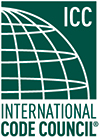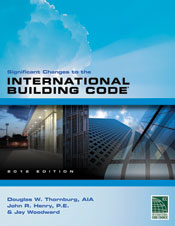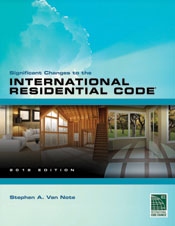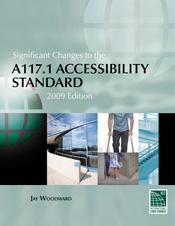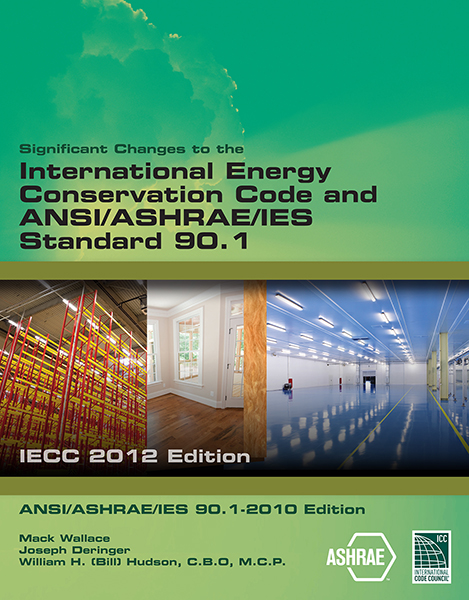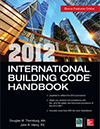IBC Sections 104 and 1703 and the Authority of the Code Official
The rules regarding the duties and powers of the code official [building official in the International Building Code (IBC)] have been in place for several decades and are well understood by those who administer the codes. Code officials have the responsibility of protecting public safety in their communities. They alone have the authority to apply and interpret the code in their jurisdictions and determine whether to accept products, fixtures, construction materials, components and entities or agencies that evaluate products. Any attempt to imply or claim that "approval" is universal and that it can be automatically bestowed upon a specific agency without the approval of the local authorities is misleading and would appear as an attempt to undermine the authority of the code officials.
Section 104 of the IBC, and more specifically Section 104.9, addresses approved materials and equipment: "Materials, equipment and devices approved by the building official shall be constructed and installed in accordance with such approval." The approval authority of the building official is a significant responsibility and is a key to code compliance.
Section 104.11.1, Research reports, reads: "Supporting data, where necessary to assist in the approval of materials or assemblies not specifically provided for in this code, shall consist of valid research reports from approved sources."
Section 104.11.2, Tests in part reads: "Tests shall be performed by an approved agency." Tests submitted must therefore be performed by an agency approved by the building official based on evidence that the agency has the technical expertise, test equipment and the quality assurance procedures to properly conduct and report the necessary technical information.
Section 1703.1 Approved agency reads: "An approved agency shall provide all information as necessary for the building official to determine that the agency meets the applicable requirements." This section makes clear that the agency must submit the necessary information to each local building official so said official can determine whether the agency possesses the knowledge and expertise necessary to be approved for the specific subject matter, building element, or construction material under consideration.
Code sections quoted above contain italicized terms, indicating the term is defined in the code, and the definition must be used in the application of the code. Below are definitions of "Approved," "Approved Agency" and "building official":
• Approved: Acceptable to the building official or authority having jurisdiction.
• Approved Agency: An established and recognized agency regularly engaged in conducting tests or furnishing inspection services, when such agency has been approved.
• Building official: The officer or other designated authority charged with the administration and enforcement of this code, or a duly authorized representative.
This discussion shows the clear relationship between various sections of the code that deal with the powers and authority of the code official. No agency or entity can claim universal "approval," because approval is only vested in the local code administering authorities. While this article is focused on the IBC and its applicable sections, the same or similar provisions are present in other International Codes. |
